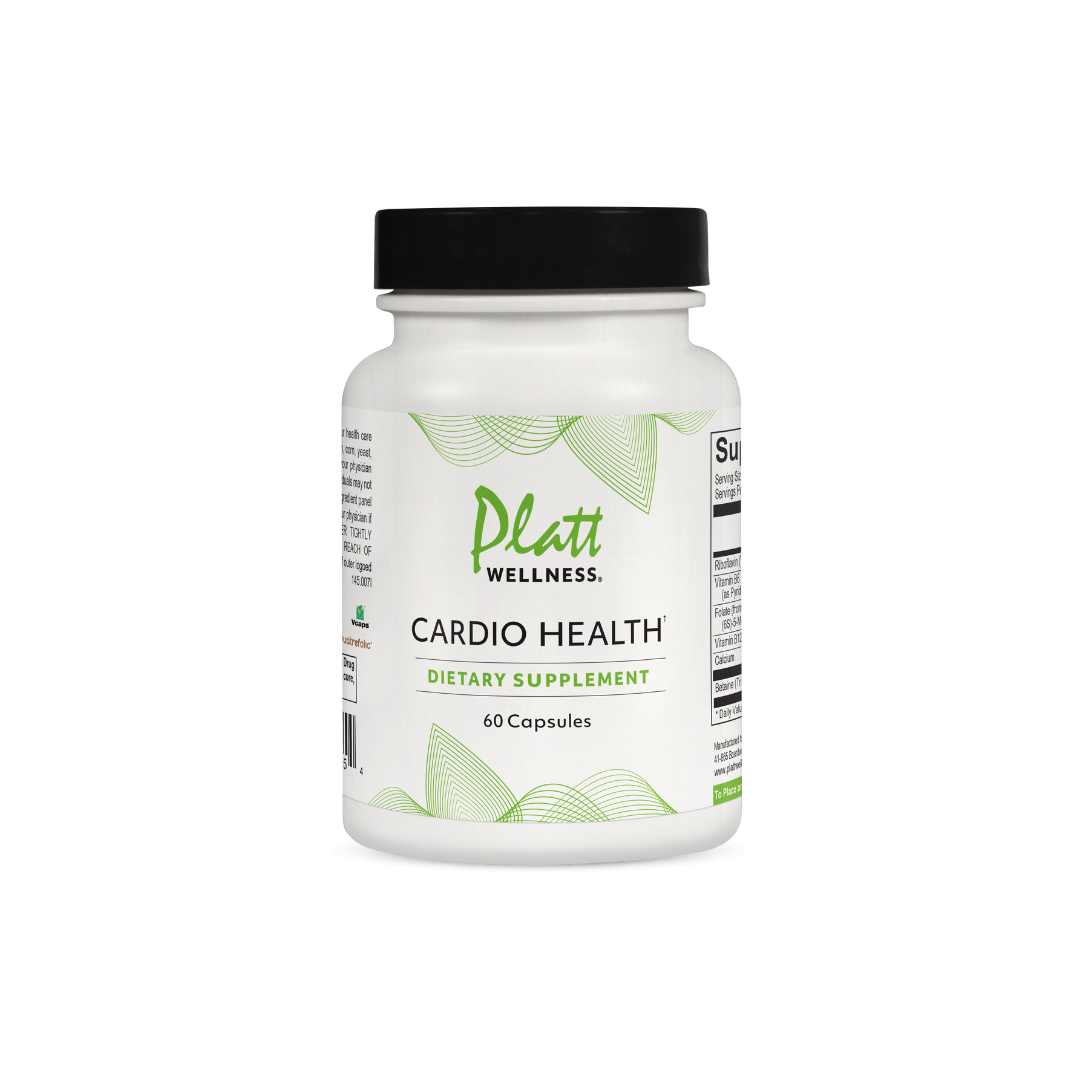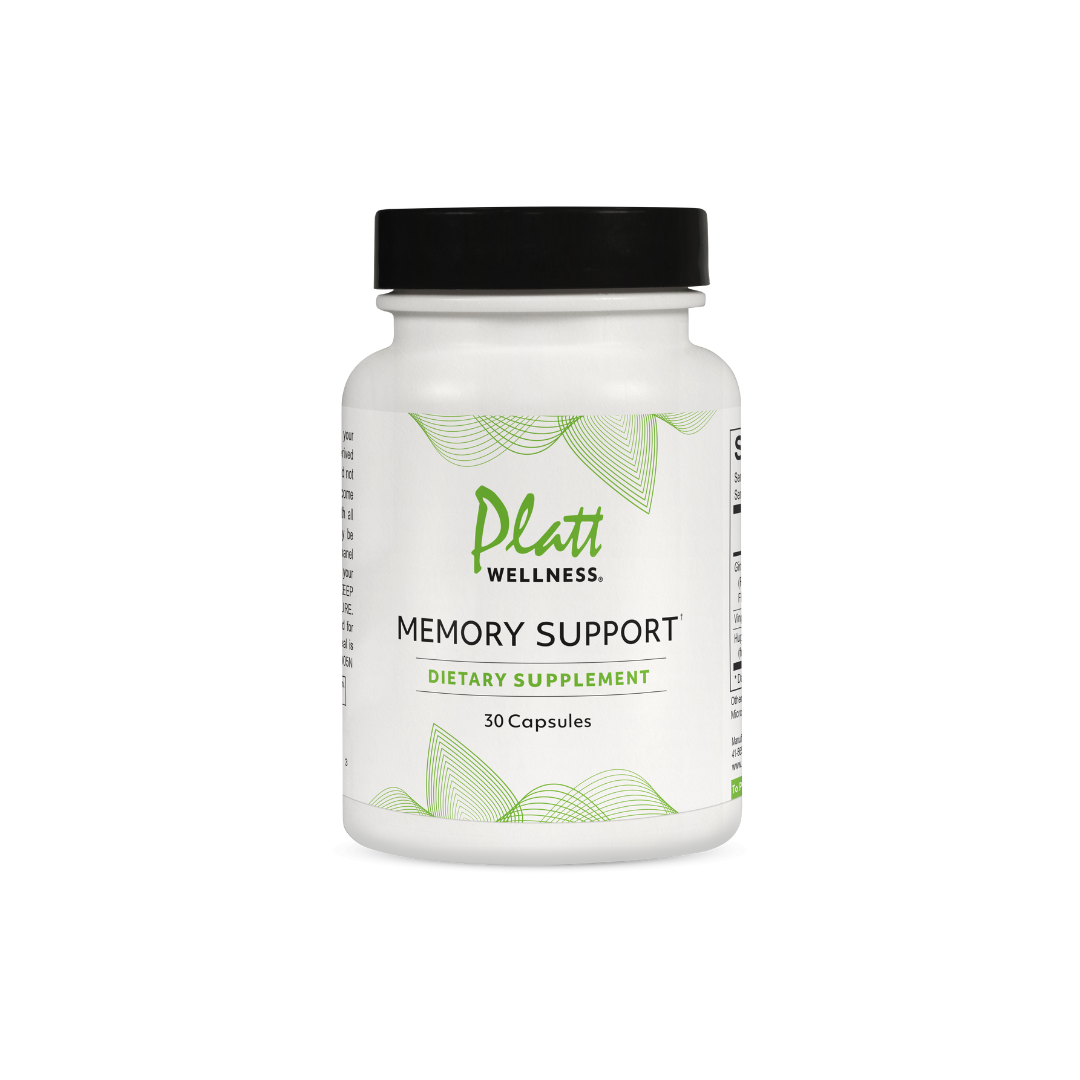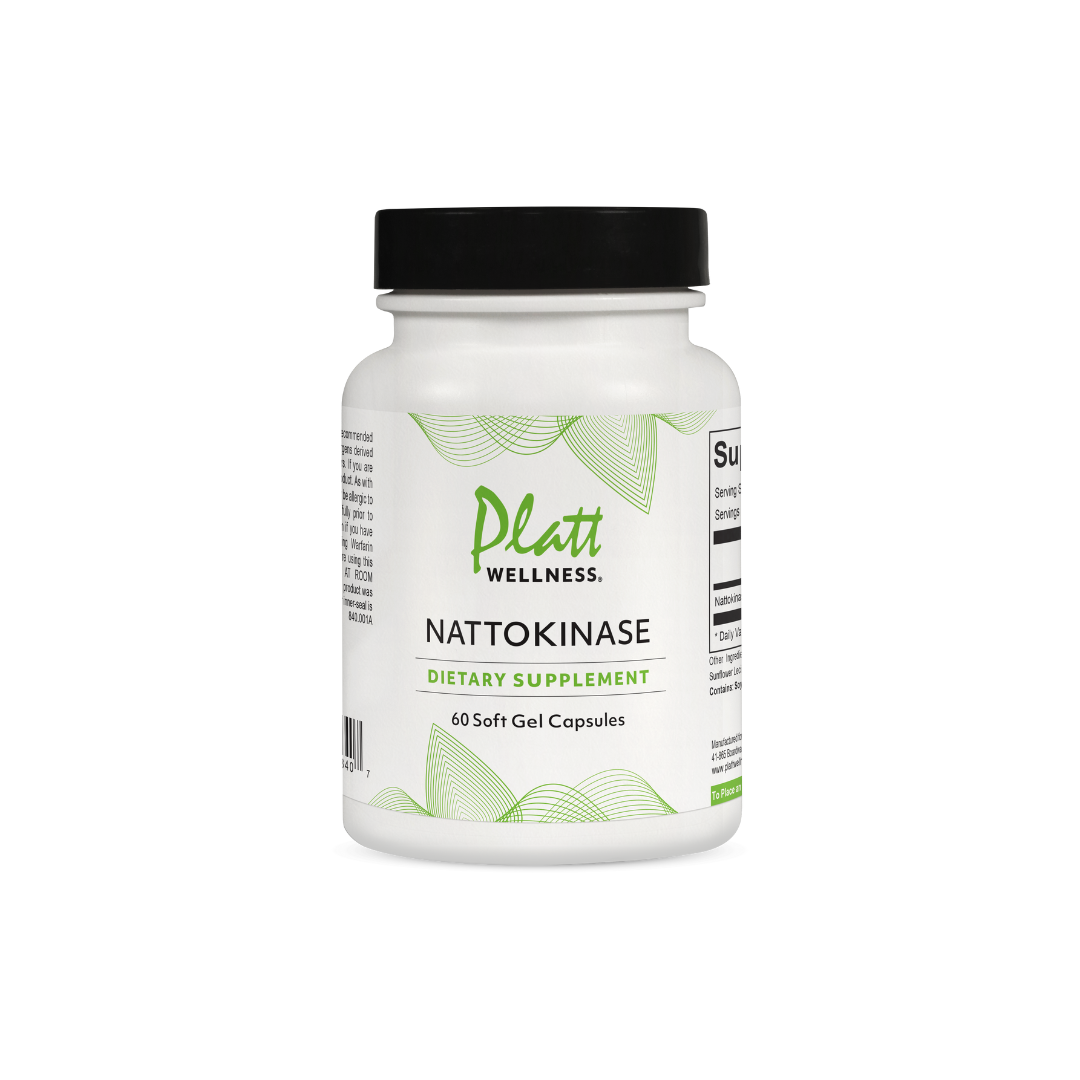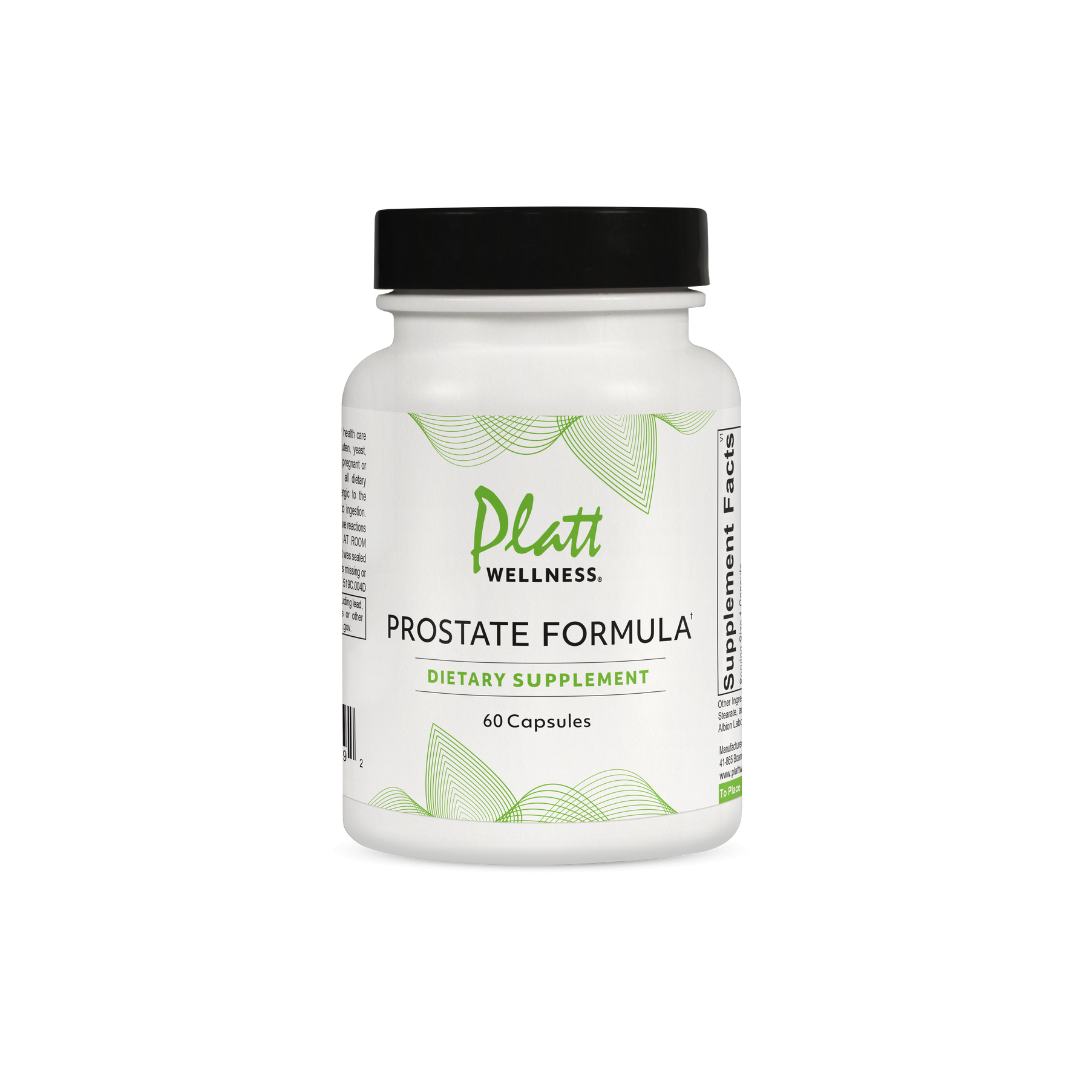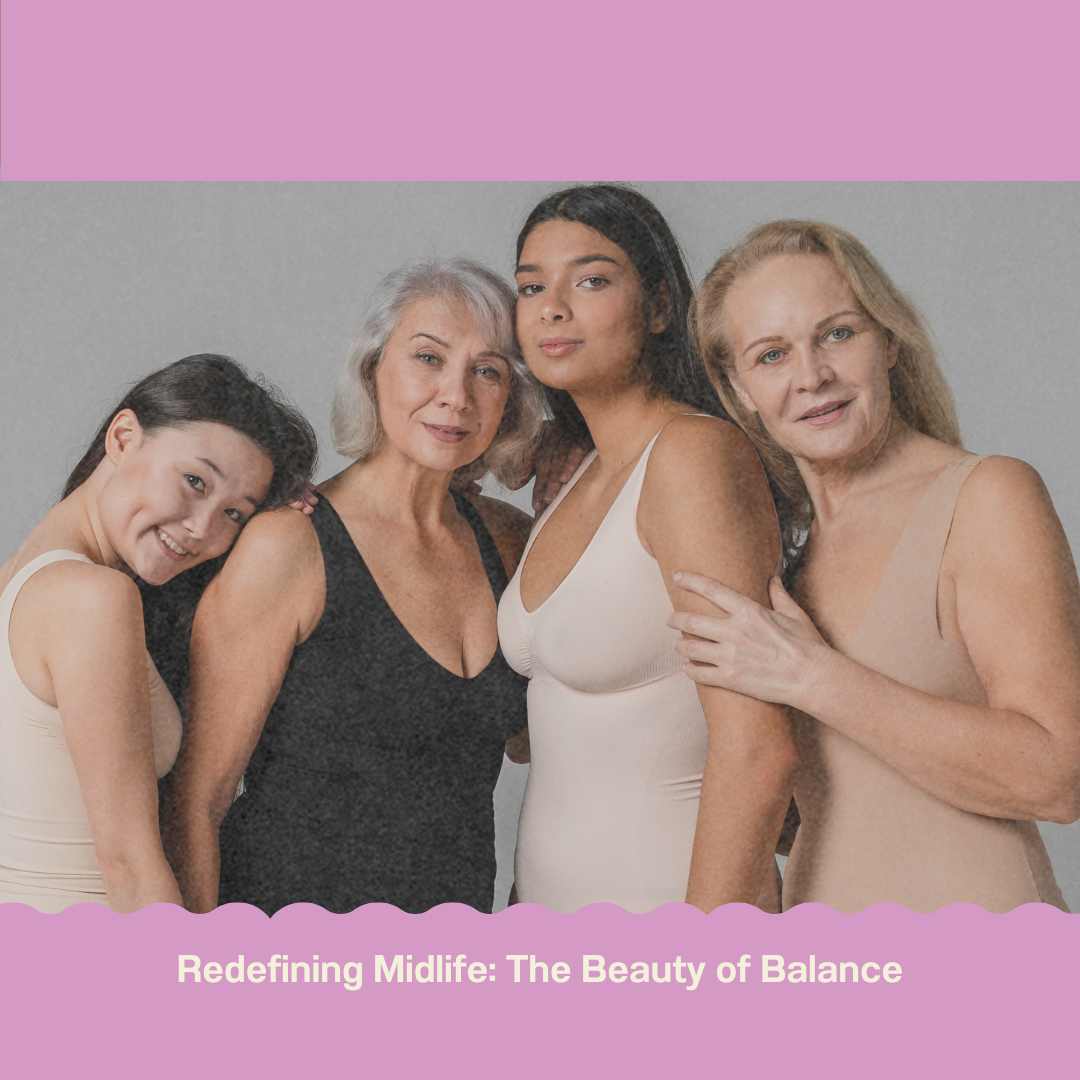October is a perfect time to shine a spotlight on the hormonal transitions many of us will face — whether as women navigating Menopause or men facing Andropause. At Platt Wellness we’re committed to helping you understand what’s happening, how to test and diagnose, and what your treatment options are — including why bio-identical hormones are increasingly chosen vs. synthetic versions.
1. What’s Really Happening: Menopause (Women) & Andropause (Men)
Women: Menopause / Perimenopause
Menopause is defined as 12 months of no menstrual bleeding. Before that many women go through perimenopause, a time of hormonal fluctuation. These shifts bring symptoms like hot flashes, night sweats, brain fog, mood changes, vaginal dryness, and bone-density concerns.
During this phase, declining ovarian function means less estrogen, less progesterone, and unpredictable cycles. The hormonal “support system” is changing – and the body responds.
Beyond immediate symptoms, long-term health considerations include increased risk of osteoporosis and cardiovascular changes.
Men: Andropause (Declining Hormones)
For men, hormonal aging means declines in testosterone (and often progesterone) and shifts in metabolism, muscle-mass, libido, energy levels and mood. As outlined on the Platt Wellness blog: “Progesterone is healthy for blood vessels … men and women have the same hormones.”
Low testosterone is linked to fatigue, reduced muscle tone, increased body fat, mood changes and sometimes early onset of chronic issues.
2. How to Diagnose & Test: Know What to Look For
Recognize the Symptoms
Women: irregular cycles, hot flashes, sleep disruption, vaginal/urinary changes, brain fog, mood swings.
Men: low libido, low morning erections, reduced energy, increased fat mass, muscle loss, mood shifts.
What to Test, When and Why
As detailed in the Platt Wellness article “What to test, when to test, and why to test”:
Before starting hormone therapy is ideal — because once therapy begins, interpreting test results becomes more complex.
Consider comprehensive testing: serum, saliva, urine depending on context.
Look at broader physiology: hormone metabolites, insulin resistance, liver detoxification/methylation (esp. in women) because these can impact hormone balance and symptom burden.
For men, check testosterone along with understanding how much is converting into estrogen (via aromatization) and the impact of progesterone.
Aromatization is the conversion of testosterone into estrogen (specifically estradiol) inside the body.This process happens through an enzyme called aromatase, which is found in fat tissue, the liver, and other cells.So, when someone takes testosterone (either through therapy or naturally boosts levels), some of that testosterone can be converted into estrogen through this enzyme.
How It Works
The aromatase enzyme acts on testosterone.
It chemically converts testosterone → estradiol (E2), a potent form of estrogen.
This is a normal process — small amounts of estrogen are healthy and necessary, even for men.
However, too much aromatization leads to estrogen dominance symptoms.
When Aromatization Becomes a Problem
If the conversion is excessive (often due to higher body fat or poor liver metabolism), it can cause:
-
Water retention or bloating
-
Mood swings or irritability
-
Gynecomastia (breast tissue development in men)
-
Fatigue and low libido (paradoxically)
-
Prostate sensitivity or swelling
Sluggish fat burning or “testosterone resistance”
In women, excess aromatization can worsen estrogen dominance symptoms (PMS, heavy bleeding, bloating, anxiety).
Why It Matters in Testosterone Therapy
When men start testosterone therapy (TRT or bio-identical formulations), part of the hormone inevitably converts to estrogen. If too much aromatase activity occurs, testosterone benefits (strength, energy, libido) can be blunted by elevated estrogen.
That’s why well-balanced protocols often include:
-
Monitoring of estradiol (E2) levels during therapy
-
Supporting liver detox pathways (so estrogen can be cleared efficiently)
-
Using natural aromatase modulators like DIM, calcium-D-glucarate, zinc, or progesterone
Dr. Platt’s Approach (Platt Wellness Perspective)
Dr. Platt emphasized that bio-identical progesterone plays a key role in blocking excess aromatase activity — naturally preventing testosterone from converting too rapidly to estrogen.
This helps maintain testosterone’s positive effects while avoiding estrogenic side effects, especially in aging men or those on testosterone therapy.
Why It Matters:
Accurate testing helps personalize treatment — it’s not just about one number, but the whole picture of your hormonal landscape, your symptoms, your metabolism, your health risks. As the article states: “Ultimately, the most reliable test is the resolution of symptoms … understanding hormone function and observing what works for your body puts you in control.”
3. Treatment Options: Synthetic vs. Bio-Identical Hormones
Synthetic Hormones – Traditional Approach
Often used as standard hormone replacement (HRT) in women with menopause, or testosterone replacement in men.
May use synthetic estrogens/progestins (in women) that mimic but are not identical to those found in the human body.
Standard HRT has had mixed history — concerns about risk vs benefit (that narrative is evolving).
Forbes
Bio-Identical Hormones – What That Means
Bio-identical hormones are molecularly identical to the hormones produced by the human body (e.g., bio-identical progesterone, estriol/estradiol, testosterone, etc.).
The argument: they may more closely mimic natural physiology with potentially fewer side-effects when correctly dosed and monitored.
At Platt Wellness we emphasise the importance of correct dosing (for example we point out a 5% progesterone cream is the effective strength to block excess estrogen, insulin and adrenaline) rather than “low potency” creams.
Why It Matters for Menopause & Andropause
Women: Using bio-identical estriol/estradiol + bio-identical progesterone may help relieve symptoms and also may address long-term health (bone, cardiovascular) when used appropriately.
Men: Testosterone + bio-identical progesterone (and ensuring testosterone doesn’t convert to excess estrogen) is an approach used in functional hormone balancing.
Key: Treatment must be individualized, monitored (via symptoms + testing) and incorporate lifestyle, diet, detox/metabolic support.
4. Your Empowerment Plan: What You Can Do Now
Keep a symptom journal — track mood, energy, sleep, hot flashes, libido, etc.
Ask your provider about comprehensive testing — not just hormone levels, but hormone metabolites + underlying metabolic & detox drivers.
Be informed about your hormone replacement choices — know the difference between synthetic and bio-identical, ask about the rationale, dosing, safety, monitoring.
Lifestyle matters — good nutrition, exercise (especially strength/weight-bearing), sleep, stress-management, supporting detox pathways (liver, methylation, gut) are all part of hormonal health.
Be proactive — hormonal transitions are a normal part of aging. With the right approach they don’t have to mean suffering or the loss of vitality.
5. Our Recommendation: The Menopause Bundle
To make things simpler and remove guesswork, we’re proud to offer our Menopause Bundle (Progesterone + Estriol + DHEA) which is designed for men and women going through the transitions of menopause and andropause.
🔗 See the bundle here
By combining key bio-identical hormones with support for the transitional years, you can address symptoms, improve quality of life, and support the long-term changes your body is going through.
Final Thoughts
Menopause month is your invitation to take charge of this phase of life — armed with knowledge, good testing, personalized treatment, and an integrated approach to health. Whether you're navigating menopause, perimenopause or andropause, you don’t just have to live with the symptoms — you can thrive. With testing, choice, and proper support, the next chapter of your hormonal journey can be empowering and full of vitality.
If you have questions about testing, treatment or support options, feel free to reach out to our team at Platt Wellness — we’re here to help you make the best decisions for your health. Download our free BHRT guides here.

